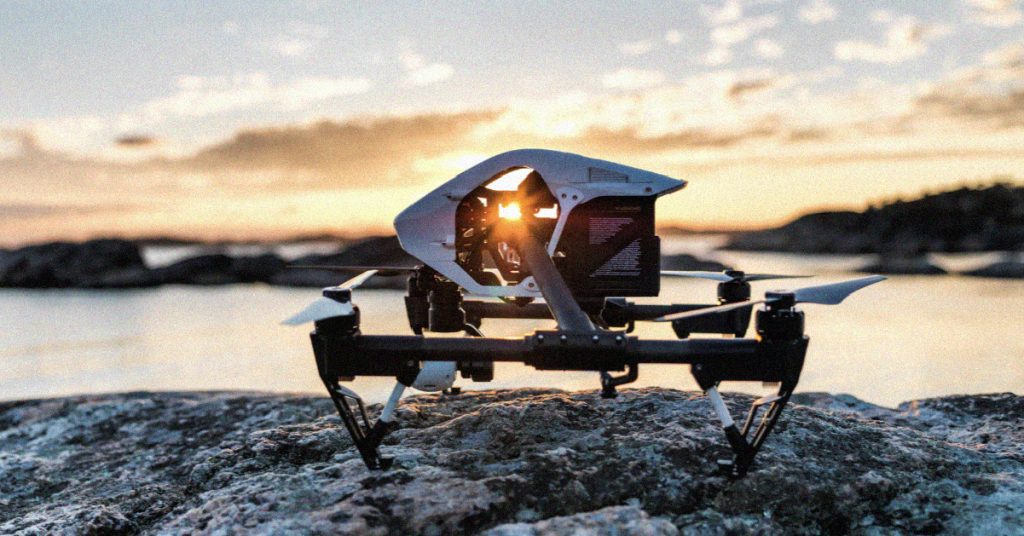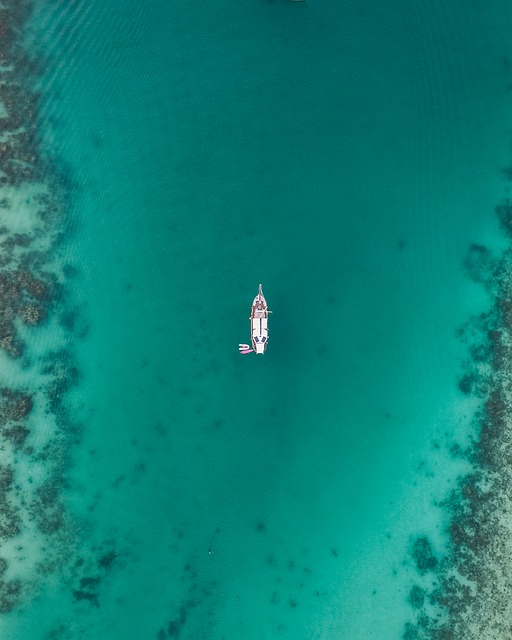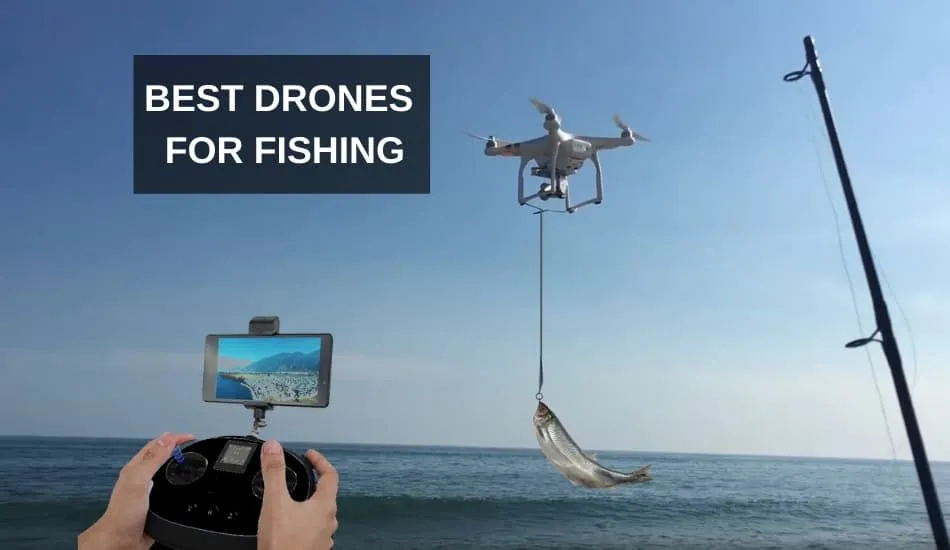
The regulations for drone fishing are important to understand if you plan on using one. Watch instructional videos about how to fly drones to catch fish. Our article on drone ethics will help you to make informed decisions about your drone use. Here are some ethical concerns about drone fishing. And don't forget to check out our drone fishing gear guide.
Regulations applicable to drone fishing
The regulations for drone fishing for tuna can be confusing when you're watching YouTube videos. There are many reasons to comply with local laws. But safety is the most important concern. You need to follow the right laws in order to protect the lives of both you and the fish. In this article we will cover some of the most important rules and make sure you follow them. Also, don't forget about the International Game Fish Association Rules.
Drones cannot be operated over public places, including sporting events or stadiums. They cannot carry weapons or be within half a mile of a sporting event. A drone operator must be able see all of their equipment at all times. Drones cannot fly over public buildings, stadiums, or critical infrastructure. You can check with your local law enforcement agency to learn more about drone fishing rules.

Although many states have already passed laws governing drone use, others are yet to do so. Recently, SB 2167 was passed in Illinois. The bill prohibits the operation of drones within state parks without prior permission. It also provides privacy rights as well as outlines the rules and regulations for recreational and commercial drone owners. It also bans drones interacting with wildlife and hunters. These new laws are expected be finalized within a few years.
Ethical concerns about drone fishing
Drone fishing is not without controversy. Some companies sell underwater drones with the ability to catch fish. These drones are often equipped with video cameras that show the fishing process. It's remarkably similar as casting a line for a fish. The method of removing a fish from the water is a bit different. This type of fishing is not ethically acceptable.
Drones can be used to fish. But some people feel they are cheating the fishing community. The sport of fishing has not changed significantly over the millennia. However, using drones to catch fish could change that and reduce the thrill of it. A drone's use can pose problems for conservation. Here are some ethical issues to be aware of before you purchase a drone for fish-catching.

First, drone fishing may not be the best option. Drone fishing may cause damage to the environment or overfish endangered species. While some states permit drones for recreational fishing, others prohibit it. There are a number of limitations to drone fishing, including the fact that they must be expensive. The drones you buy might not be as capable of controlling the range, GPS functionality, lifting power, or control range that you need. If the line gets tangled, drone fishing can result in fish being lost. Finally, there are issues with piloting.
FAQ
Can I fly my drone around my neighborhood?
Yes! These are called UAVs (unmanned aircraft vehicles). There are several types of drones available for sale today, from small quadcopters to large fixed-wing aircraft. The FAA recently updated its rules regarding commercial UAV use. You can now legally fly them to business purposes. But, it is important to note that UAVs being flown near airports can interfere with air traffic control systems. Before you operate one, you need permission from local authorities.
How do you travel with a drone?
Drones are increasingly becoming popular both for personal and commercial use. They can be used for photography, filming and aerial mapping. The FAA has recently approved several new drone regulations, which include requirements for registration, licensing, pilot training, and insurance. These changes will ensure that drones continue to be safe for all.
What is the maximum height you can fly a drone with no license?
The FAA does not limit the height of a drone. The FAA does require you to register unmanned aircraft systems (UAS), which include the registration number of your model, weight and size, serial numbers, manufacturer's names, date manufactured and other information.
Statistics
- According to industry research from ZipRecruiter , there are 10 cities where the typical salary for a Drone Pilot job is above the national average. (dronesgator.com)
- According to the multiple listing service (MLS), houses and apartments with drone photographs are up to 68 percent more likely to sell than those without pictures. (thedroneu.com)
- According to Indeed, a drone pilot gets paid $25.73 per hour on average in the US. (dronesgator.com)
External Links
How To
How To Fly Drones For Beginners
A drone refers to a remote-controlled aircraft designed for aerial photography, surveillance and scientific research. Drones have been in use since World War II. DJI's Phantom series of quadcopters was the first to be commercially used. There have been many types of drones since then, including beginner-friendly drones like the Parrot AR Drone 2.0 and professional-grade multi-rotor crafts like the DJI Mavic Pro.
There are many ways to fly a drone.
-
Remote control - This method uses a control device attached to your hand, which enables you to steer the drone through its flight path. There are two main types for controllers: Joysticks or On/Off switches, which can be used to control the drone's flight path.
-
Manual Control- This allows you to control your drone remotely via GPS coordinates. You must keep track of the location where you want the drone to go and follow the instructions from the app.
-
Autonomous Flight: This means that the drone will take care of all the piloting. The drone is able to fly autonomously, without the need for human intervention. For the autonomous flight to occur, the drone must have a built-in camera and sensors capable of capturing images and data.
-
Triggered Flying - This method works in the same way as manual control. However, the pilot has to manually set up a route for the drone and it follows that route until reaching the endpoint. Once the programmed route has been completed, the drone returns to the base automatically.
-
Landing Gear: Some drones have landing gear that allows them safely to land in case they lose power or run low on battery.
-
Goggles - Some pilots wear goggles to protect themselves from debris while operating.
-
Camera – Some drones have cameras, which allow you to take photos or videos from up high.
-
Obstacles. Some drones can have obstacle avoidance technology that stops them from hitting obstacles.
-
Speed - Some drones can travel at speeds over 40 mph.
-
Battery Life - Most drones are capable of lasting between 20 minutes and three hours, depending on the power that you use.
-
Distance - Some drones can travel up 30 miles depending on the model.
-
Power source - Some drones need an external power source, while others use internal batteries.
-
Weight - Some drones can be as light as 1 pound while others can reach 4 pounds.
-
Size - From small drones that can be carried in the palm of one's hand to larger drones that weigh over 50 pounds, drones come in a variety of sizes.
-
Price - High-end drones can go for thousands of dollars, while low-cost models start at $100.